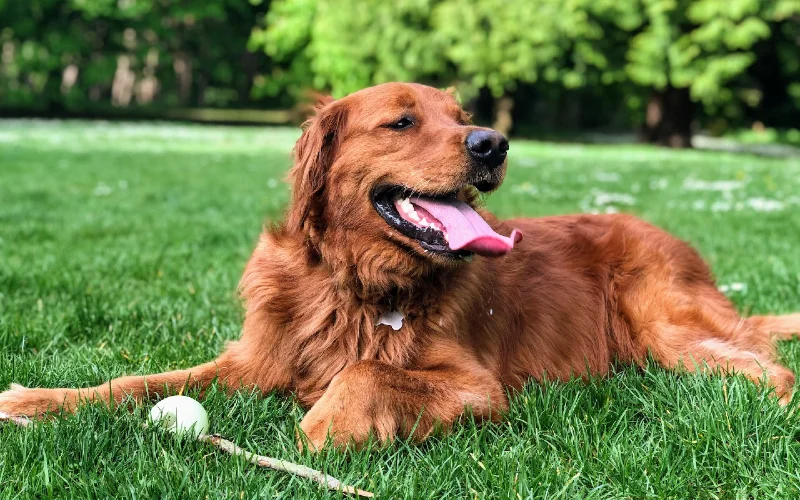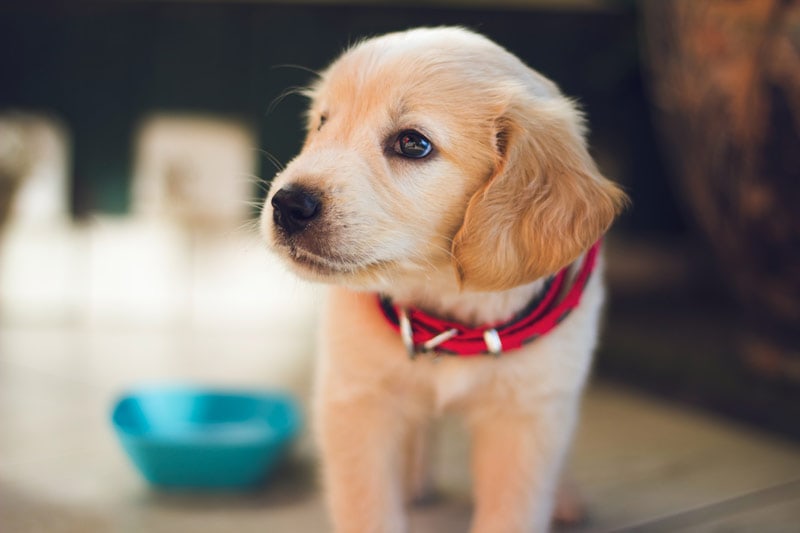How to Train a Cocker Spaniel — 15 Expert Tips
By Ed Malaker
Updated on
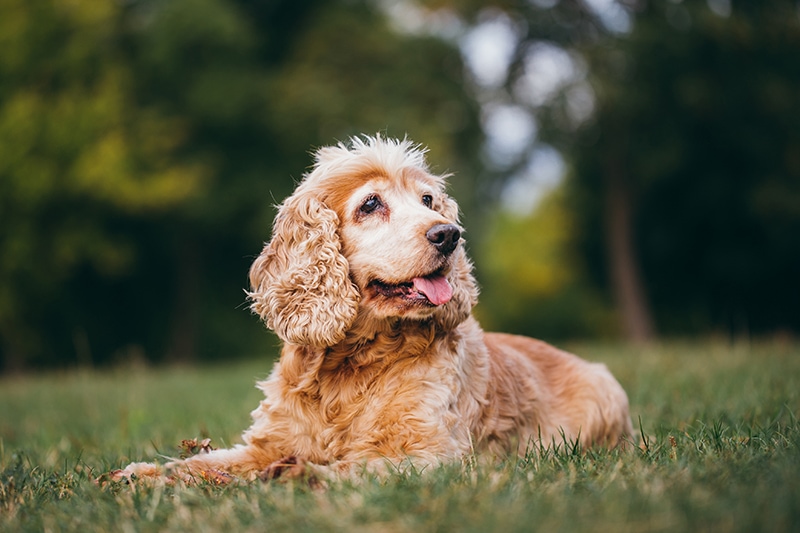
Cocker Spaniels make great pets, but since they are so active, they can be difficult to train, especially if this is your first pet. If you are looking for a little help, you’ve come to the right place. Here are several tips you can use that will make the training process easier and your training sessions more successful so your dog will be better behaved.
The 15 Tips to Train a Cocker Spaniel
1. Socialize Them
One of the most important things that you can do to train your Cocker Spaniel is to help them get along with people and other animals. Socializing your dog with as many people and other dogs as possible will help them be friendlier as adults. Dogs that don’t get socialized as puppies look at people and other animals as strangers and often become protective and possibly aggressive, so it’s much harder to take them for a walk or invite friends over.

2. Give Them Plenty of Treats
Dogs love treats, and giving them one is one of the best ways to let them know that they are doing something right. Learn their favorites, and keep them handy during your training sessions. Give your dog a treat each time they follow one of your commands or do something right. This trick will have your Cocker Spaniel looking forward to your training sessions and working hard to do what you ask.
3. Start When They’re Young
One of the most important things that you can do to have better success in training your Cocker Spaniel is to start when they are still a puppy. Puppies are more open to learning new things, and this time is when they set up their lifelong behaviors. Getting your pet into a routine when they are still a puppy will make it more likely that they will continue with it as an adult.
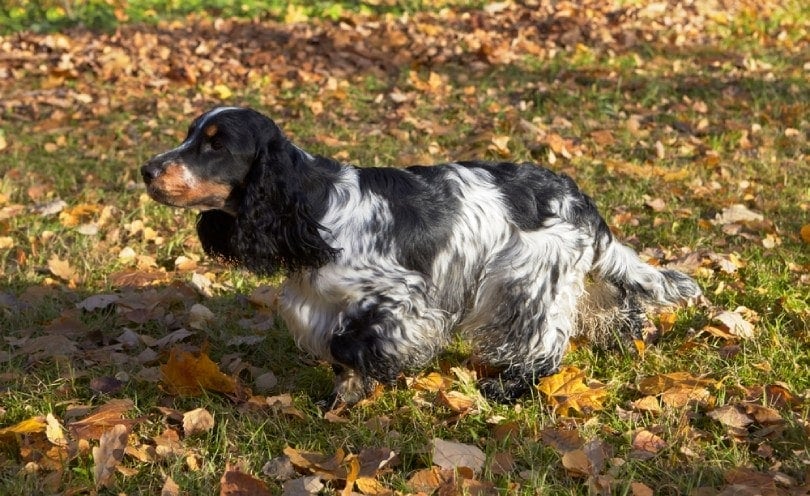
4. Be Patient
The Cocker Spaniel is an extremely intelligent breed that has the potential to learn new tricks quickly. However, they are also active dogs that can be distracted easily by birds and other things that can break their focus. When training your dog, it’s important to not push them to learn too quickly. Being patient and letting your Cocker Spaniel learn new things at a natural pace is your best chance at success.
5. Keep It Fun
When trying to teach your Cocker Spaniel a new trick, keep your training sessions fun so your pet will look forward to them each day. Ensure that you have plenty of treats in your pocket for when your dog does something right, and don’t hold back on the praise. Never get angry with the dog if they aren’t getting something right because as soon as they feel like they are not pleasing you, they will no longer be interested in attending your training sessions.
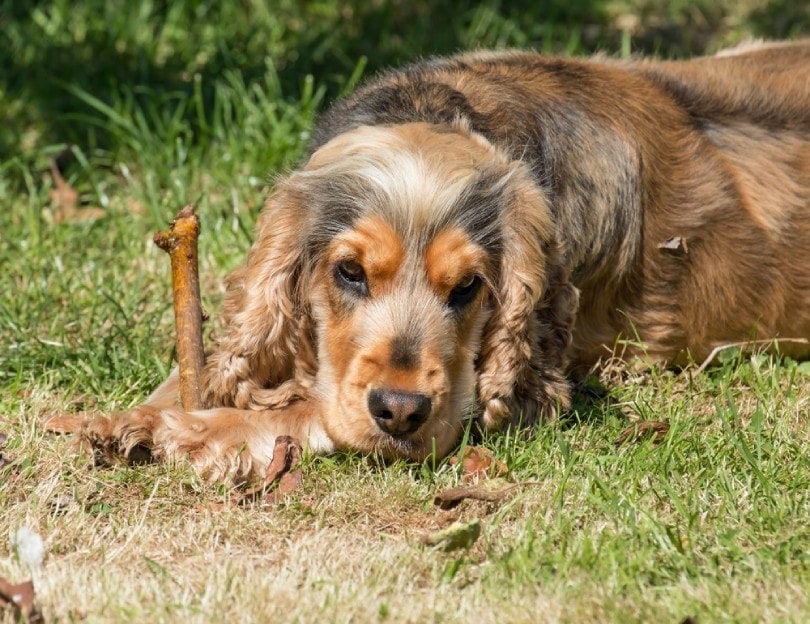
6. Keep It Consistent
We recommend holding your training sessions at the same time to help your dog get into a routine. Consistency is essential to helping your dog stay focused on learning. Choose a time that you can commit to, and hold your training session at that time every day.
7. Keep It Short
While it can be difficult to commit to training your pet daily, the sessions should be short, so you can get back to your other tasks. We recommend setting aside 5–10 minutes daily for training. Short sessions are easier to manage and won’t put too much pressure on your pet to stay focused.
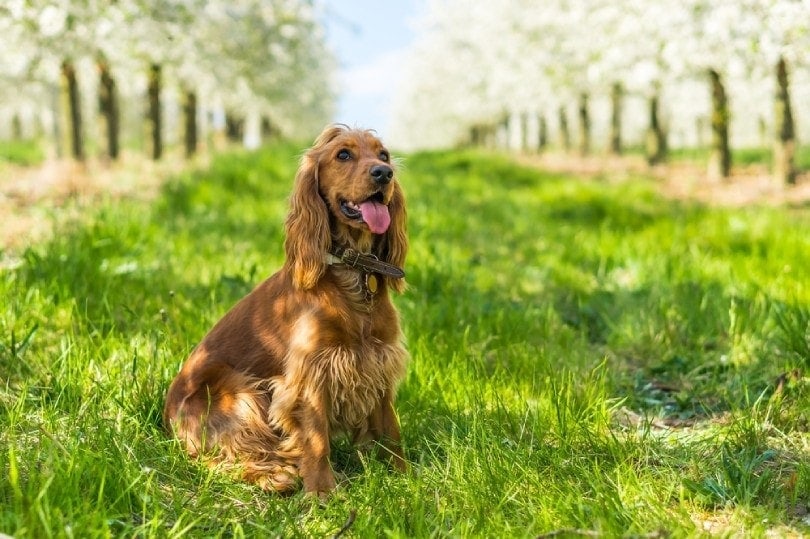
8. Play, Then Train
It can be quite helpful to hold training sessions for your Cocker Spaniel immediately after you go for a walk or get done playing. Doing so will help add daily exercise to their routine and help burn off excess energy, so your pet is more likely to remain focused while training and won’t run after birds or other things.
9. Hold the Training Sessions in a Familiar Location
Holding your training sessions in a familiar location will help your pet feel more comfortable as they learn new tricks. It will also make it easier to keep your dog focused, as they usually need to explore any new environments, which will distract them and prevent you from getting their full attention.
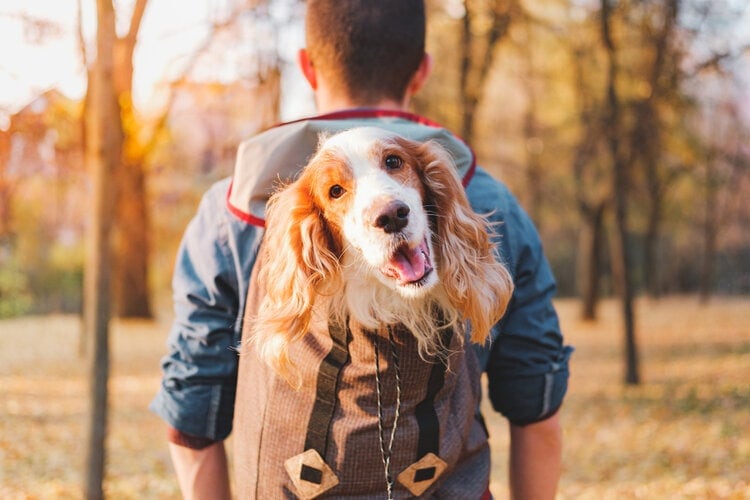
10. Choose a Quiet Location
Hold your training sessions in a location without much noise or outside distractions. Don’t have the TV or radio going, and ensure THAT other family members won’t be walking in or out of the room or doing something that might distract or call the dog.
11. Start Small
When training your Cocker Spaniel, remember to start with simple commands, like “Sit” and “Come,” before moving on to more complex tasks. Starting small will help you gain confidence as a trainer and will help your dog be more confident that THEY ARE doing something right.

12. Borrow Training Crates to Save Money
If you are teaching your dog to sleep and stay in a crate when you are not home, you might want to start with a small crate and get larger ones as the dog grows. Instead of purchasing multiple crates, you can save money by borrowing or renting them from friends or a local animal shelter.
13. Don’t Chase Them
If your pet misbehaves by running off with your shoes, remote control, or another item, don’t chase after them; it can send the wrong message, and your pet might think that you are playing. They might also find that stealing your things is a good way to get your attention. Instead, we recommend putting even more space between you and the dog while doing something interesting, like making strange sounds, to convince the dog to come to you. Since they likely stole the item to get your attention, they will follow you, parading what they took. When they get close, you can trade them for another toy or a treat without making a big fuss. Doing this consistently will help prevent your dog from engaging in “resource guarding,” which is when they protect items from being taken.
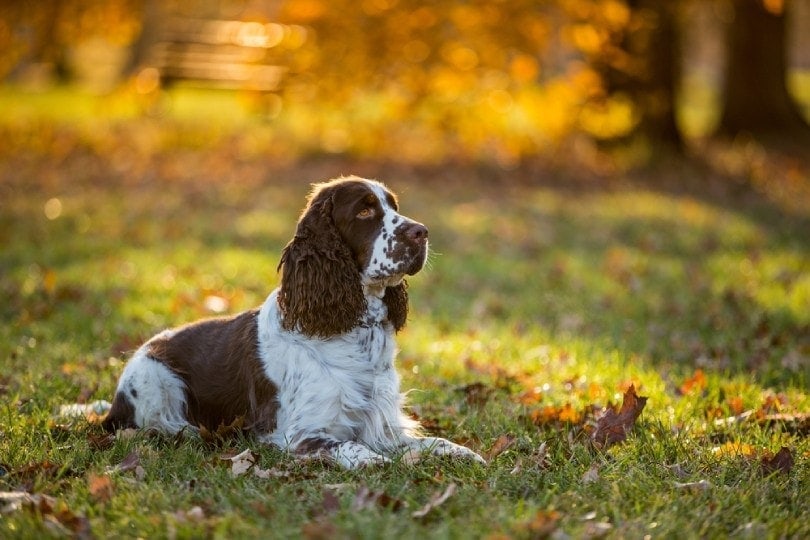
14. Handle Them Gently
Keep in mind that your Cocker Spaniel will remember as an adult what they experience as a puppy. If children consistently pull the dog’s hair or carry them uncomfortably, they will likely not like children or being handled as an adult. The same is true for grooming. If you are rough and pull at their fur as a puppy, they won’t let you brush them when they are adults. Always ensure that when you handle a puppy for any reason, it is a comfortable and fun experience.
15. Hire a Professional
If this is your first time training a Cocker Spaniel, hiring a professional trainer can be extremely helpful. They will ensure that your dog behaves correctly and will provide you with the knowledge that you need to continue. You will be more confident in your ability to train your current pet, and you will also be able to train any future pets more easily.

Conclusion
A Cocker Spaniel is a high-energy dog with a strong drive to chase after birds and carry things around in their mouth, but they are intelligent and easy to train, especially if you start when they are still a puppy. Always keep plenty of your pet’s favorite treats in your pocket, and hold short training sessions at the same time each day to get your dog into a routine. Hold the sessions after playtime in a quiet but familiar location. Keep them fun, and start with simple tasks before moving on to something more complicated. Don’t be afraid to hire a professional if you need to, especially if it’s your first pet or the dog is being particularly stubborn.
Featured Image Credit: Angyalosi Beata, Shutterstock

